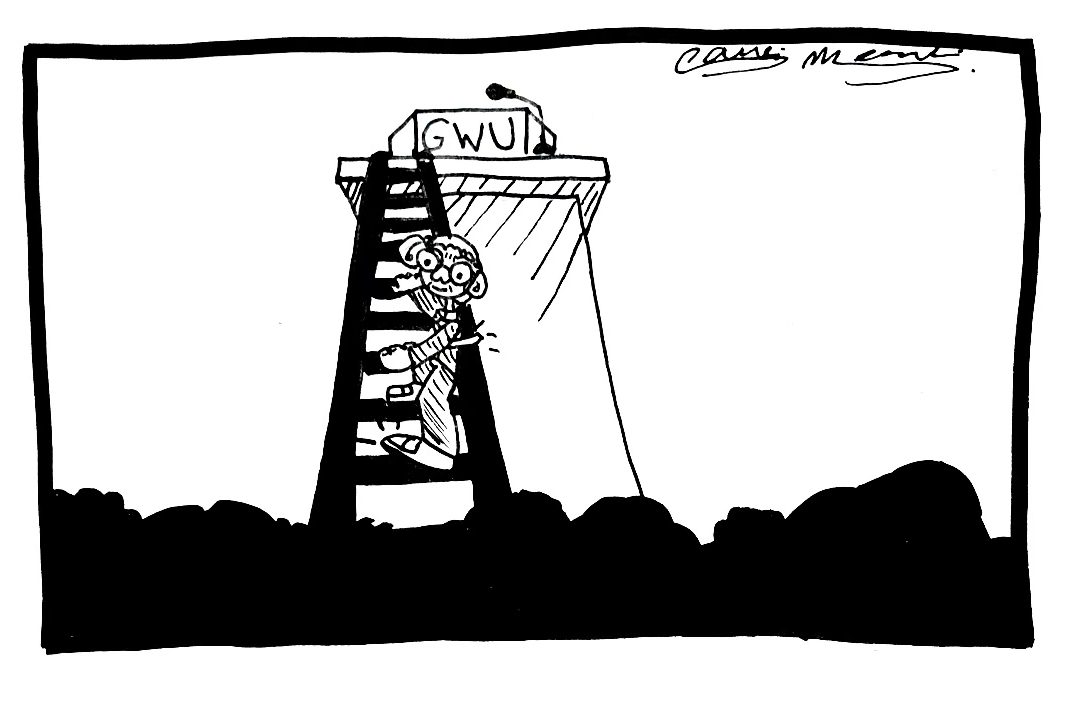Students completed more than 700,000 hours of community service last year, about 50,000 more hours than the previous year.
The University prides itself on student engagement in D.C., much of which is done through service learning courses. But some community service courses fail to connect their required volunteer work with the material taught in class.
Most service learning courses mandate that students complete 20 hours of volunteer work with organizations in and around the District to give students hands-on experience to connect with class content. But for the hundreds of service opportunities available to students, some do not link to class material. For instance, my community service for a service learning communications class did not involve any communication with the D.C. community. Professors must ensure that volunteer work directly links to their course for the class to be effective and worth students’ time.
Some service learning courses may be informative and impactful, but my experience with service learning has been far different. I took a class about communication, but most of my service was completed in the back of a food kitchen where I did not talk with anyone. When I sat in class, we did not discuss our service, and the only time I could reflect on my volunteer work was during two short end-of-the-semester assignments.
A service learning course should blend outside volunteer hours with in-class curriculum. Professors cannot simply assign reflective papers on students’ community service experience. Discussions about community service should extend beyond a short reflection paper – students should continuously think about how their service connects to the content taught in class with discussions and assignments throughout the semester.
While I took a class in communications, the service options offered to us only included work at local food pantries where several students, including myself, worked alone to prepare food or pack lunches. I valued my 20 hours of service, but I wish I could complete my required hours with an organization that engaged with issues that are more relevant to the class, like criminal justice reform or access to education in D.C.
There are multiple organizations in D.C., like the Petey Greene Program, that allow students to help prepare incarcerated students for the G.E.D. I would have happily logged hours to work for this group and would have engaged with individuals in the community more often than in a food pantry.
Students will enhance their learning in class if they can work and discuss volunteer work that ties to course material. Service learning courses should not separate in-class lectures and volunteer work – the two must be intertwined to improve students’ understanding of the class content.
There are several ways faculty can make certain that their students’ volunteer hours are not wasted. The organizations that students work for could review the service done and report back to the professor. Students could also review how their in-class discussions and assignments apply to their community service at the close of the semester. Faculty can also hold discussions throughout the semester on students’ service work during class. Professors have multiple avenues to ensure their service learning class integrates volunteer work and class material.
The wide availability and interest in community service at GW is impressive, and service learning courses have the potential to improve the community both on and off campus if they are done right. The University must ensure that each service learning class adequately connects course content with volunteer work.
Jack Murphy, a freshman majoring in philosophy, is a columnist.
Want to respond to this piece? Submit a letter to the editor.



